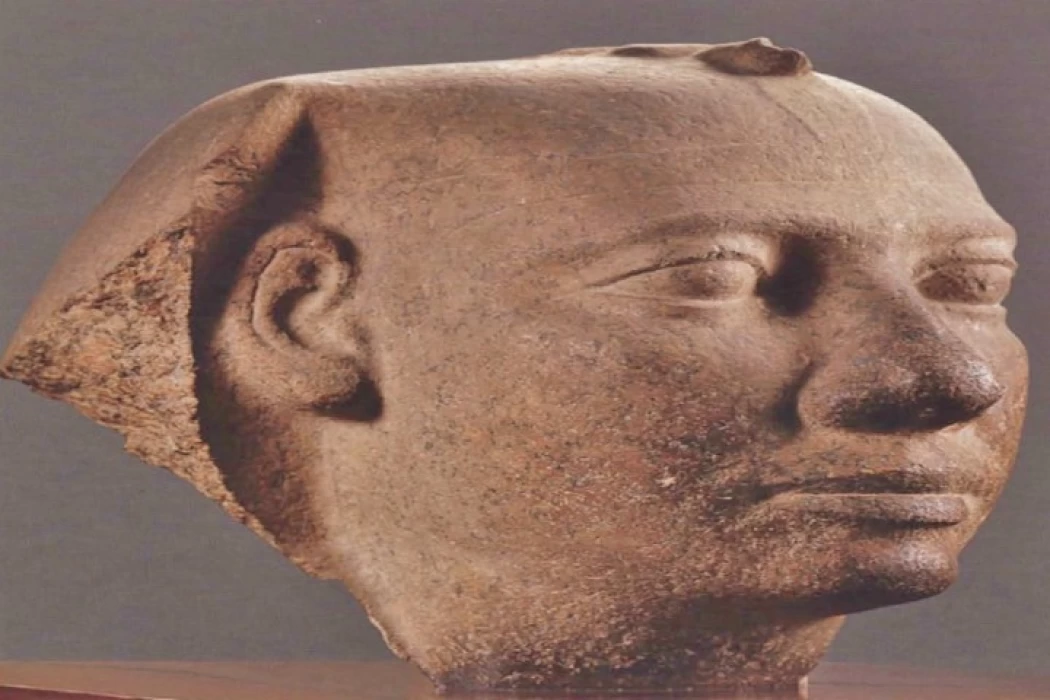
King Shepseskaf | Last King of the Fourth Dynasty
King Shepseskaf
Menkaura, also known as Mycerinus (a name translated from the Greek Μυκερινoς, as recorded by Herodotus), was a pharaoh of the IV dynasty in the Ancient Egyptian Empire.
The third pyramid was hastily completed and furnished inside by Shepseskaf, the only other king of the fourth dynasty recognized legitimately by contemporaries and by the Table of Abido, although the royal list of Saqqara adds three more whose names have been lost making it impossible for the comparison with those given by Maneth.
That something serious happened around this time can be deduced from the fact that Shepseskaf chose the area south of Saqqara for his last home and had a pyramid built, but a tomb that, apart from the inclined walls, has the typical shape of the sarcophagi of that period with a sloping roof and vertical terminations. This tomb is called by the locals Mastabat el-Faran.
The fact can be considered proof that Shepseskaf was not of royal lineage, but had acquired the right to the throne by marrying Micerino's daughter, Khantkawes.















